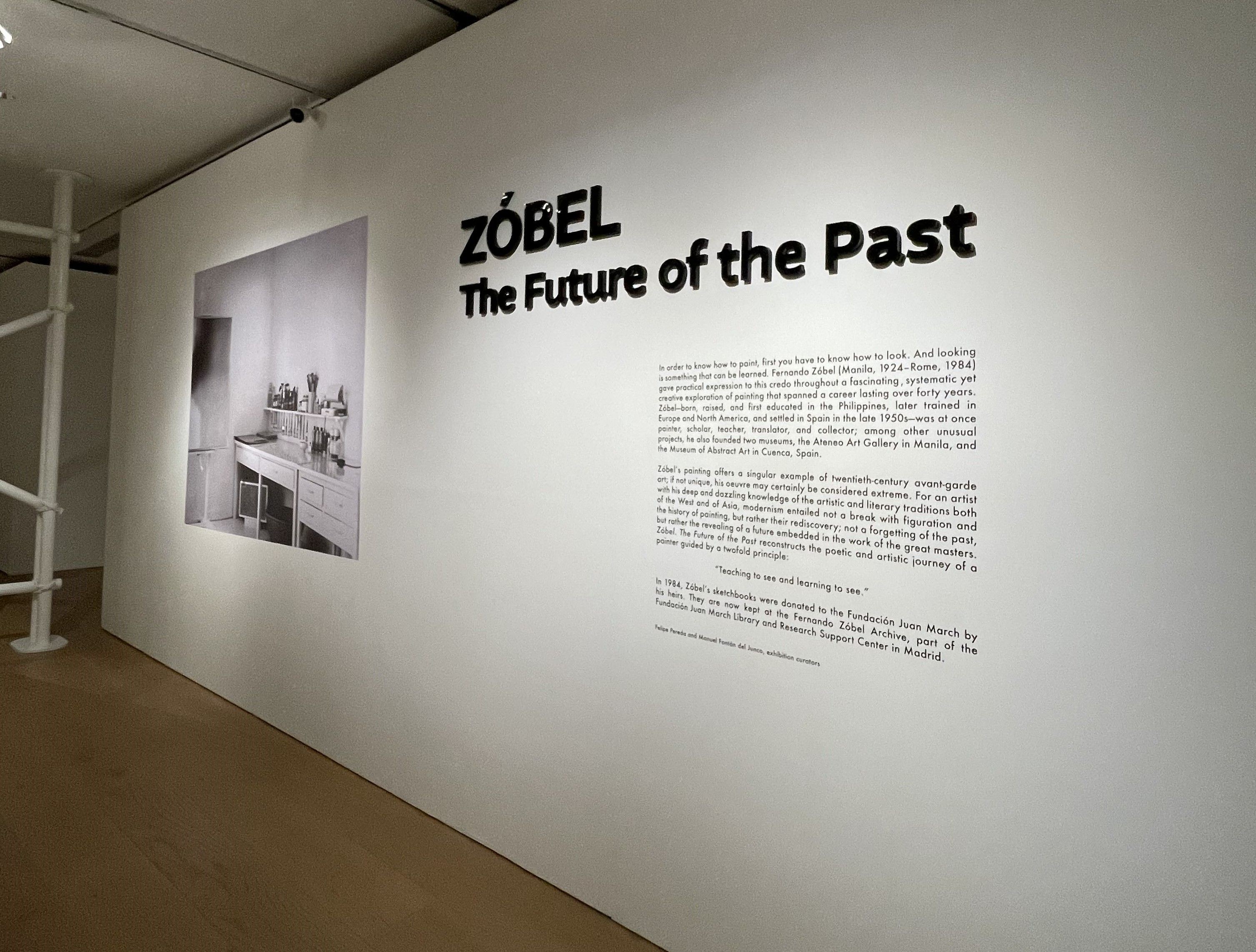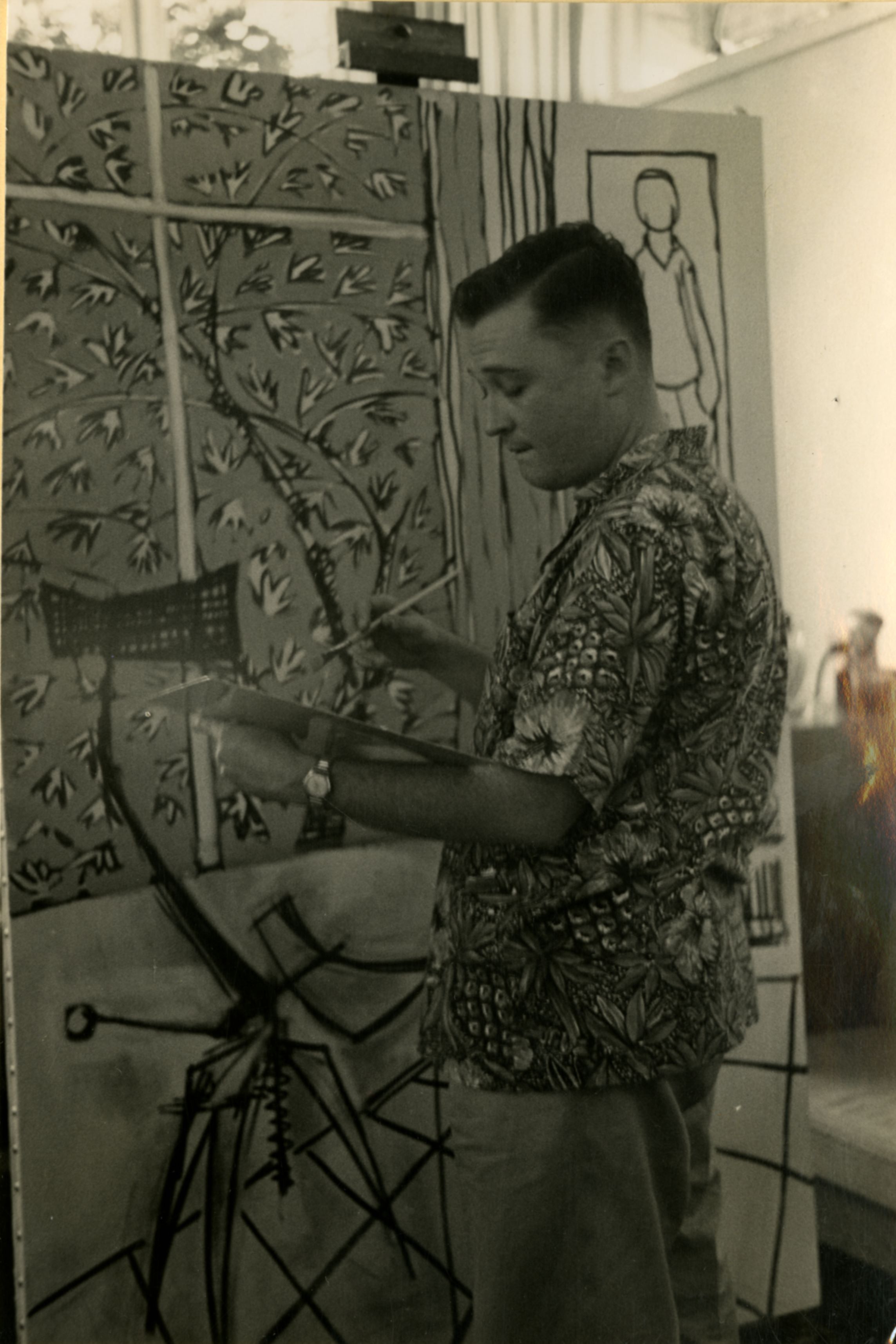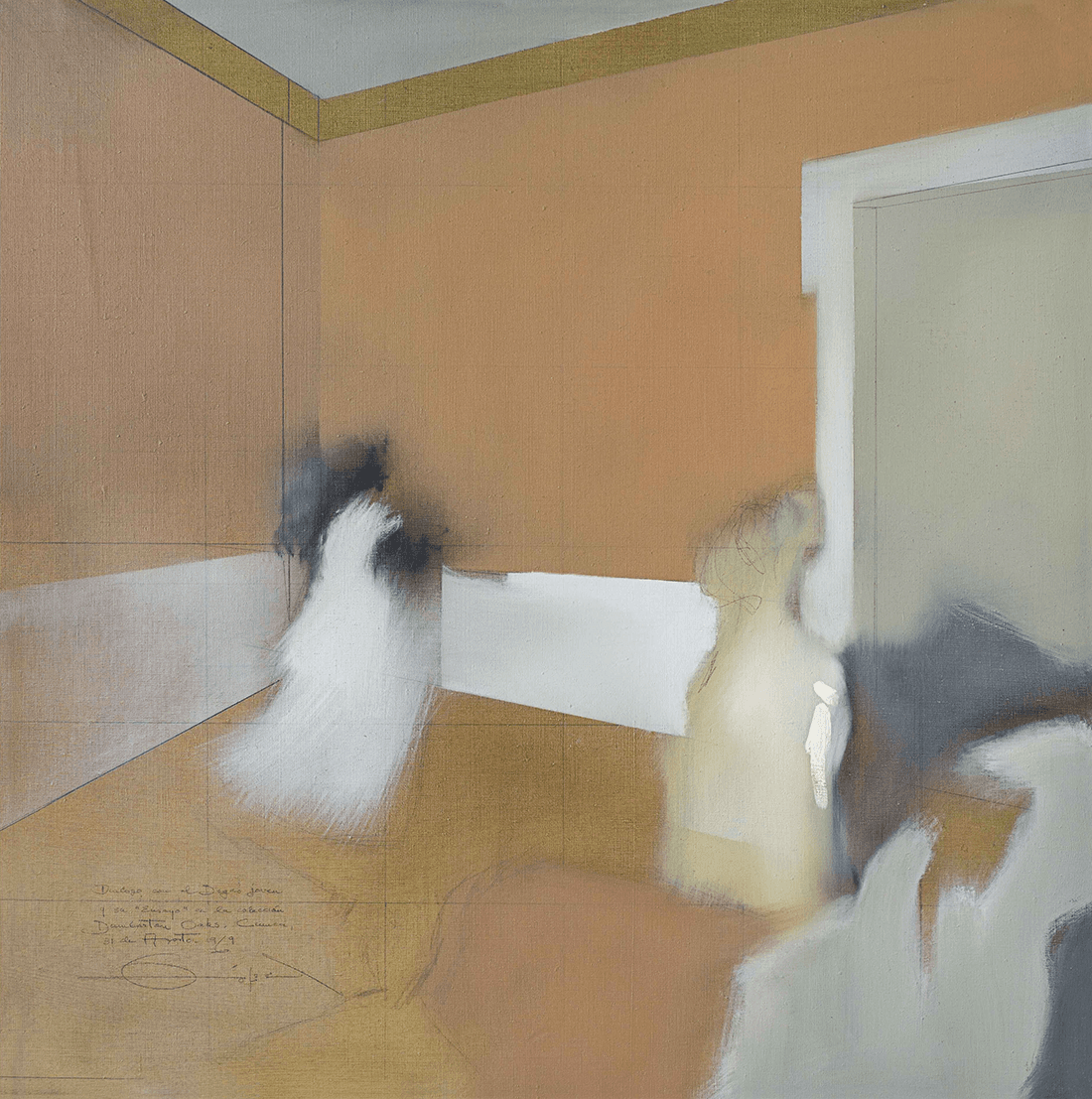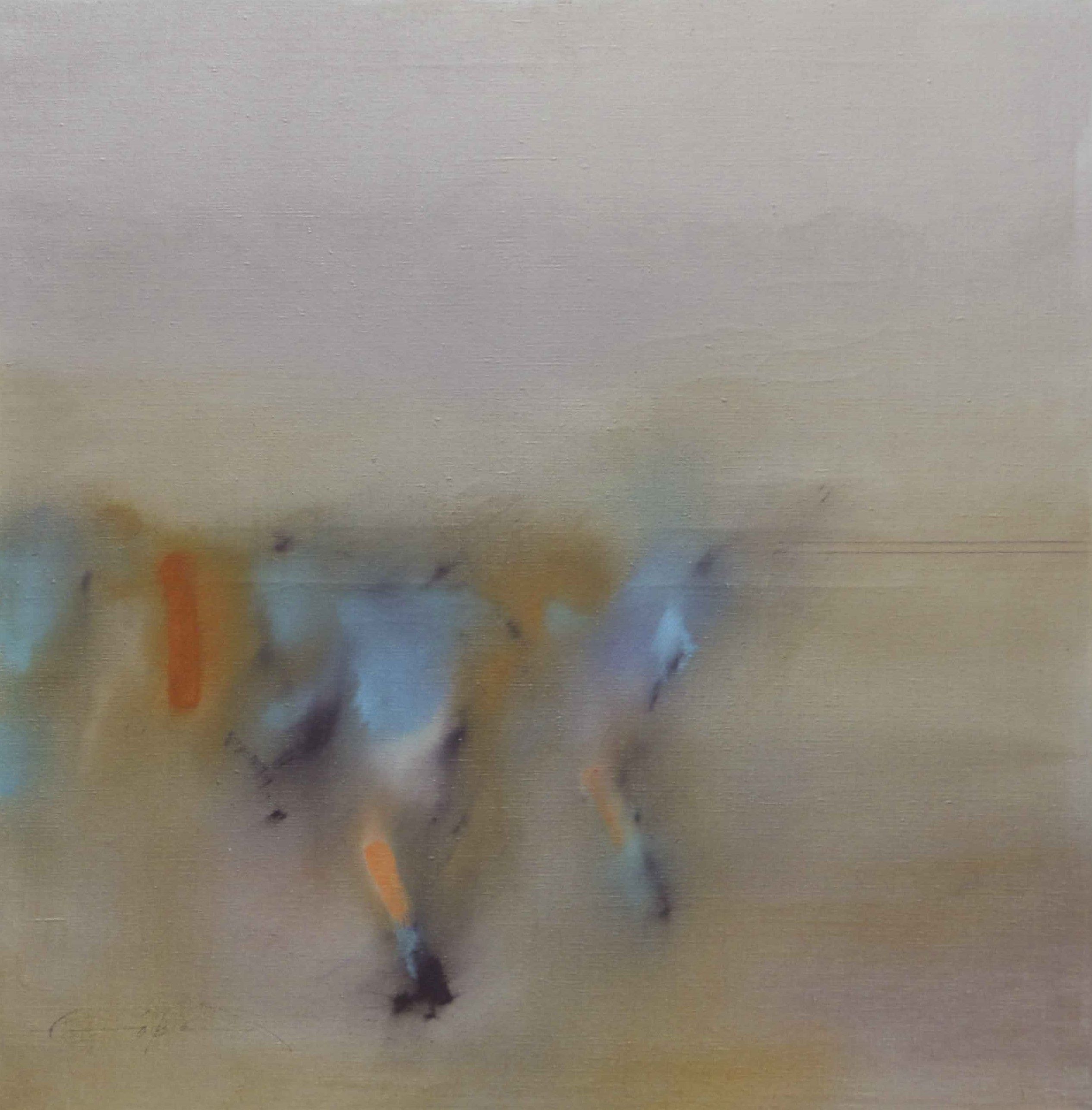Reasons why 'Zobel: The Future of the Past' is a must-see exhibit
From Madrid to Manila, the multimedia exhibit on Fernando Zobel's works is now at the Ayala Museum
By MB Lifestyle
By: Ma. Jasmine Tuaño

“In order to know how to paint, first, you have to look.” This is one of the first few phrases guests will see at the ‘Zobel: The Future of the Past’ multimedia exhibit, reflecting the philosophy of Fernando Zobel, the revered modern artist and painter. Zobel kept this idea in mind while reflecting in his notebooks during hours spent drawing in some of the world’s most prestigious museums.
The art of looking also comes alive in this exhibit. Recently debuting in Asia, the exhibit offers an insightful look at the life and work of Spanish-Filipino artist Fernando Zobel, taking visitors through his artistic growth and creative ideas.
This exhibit, first showcased in Madrid, Spain’s prestigious Museo Nacional del Prado, was brought by Ayala Corporation and its partners to the Philippines. This was led by distinguished curators Felipe Pereda of Harvard University and Manuel Fontán del Junco of Fundación Juan March to bring Zobel’s legacy to a broader audience.
Here’s why this exhibit is a must-see cultural event:
Get to know the iconic legend and his works
Fernando Zobel de Ayala Montojo, also known as Fernando Zobel, was a pioneering artist and a strong advocate for avant-garde art in both the Philippines and Spain during his time. He was one of the respected figures among artists and critics, alongside renowned Filipino modernists like Vicente Manansala, H. R. Ocampo, and Cesar Legaspi.
When he returned to the Philippines in 1951, he became a pivotal figure in introducing modern art to the local scene, connecting Filipino artists to international art movements.
Zobel was only the second modern artist, following Pablo Picasso, to be featured at the Museo Nacional del Prado in Madrid, Spain - a prestigious museum that is home to one of the world’s most extensive collections of Spanish art. His exhibition was a massive success, drawing over 80,000 visitors during its four-month run.

(Image courtesy of Ayala Archive)
Immerse in a monumental retrospective
The exhibit features over 200 masterpieces of Zobel. The collection draws from private holdings and esteemed art institutions worldwide, including the Harvard Art Museum, Museo Nacional del Prado, and Ayala Museum. For many, this is a once-in-a-lifetime opportunity to view Zobel’s work in its entirety, including several pieces that have never been displayed before such as Fernando Zobel’s iconic ‘El Cristo de Lepanto [Lepanto Crucifix] (1964).’
The collection includes personal sketchbooks, finished canvases, and candid photographs, offering an intimate look into his creative process and interactions with the dynamic post-war Manila art scene.
Inside the exhibit
Zobel’s works exude a cosmopolitan sensibility that ‘goes beyond traditional boundaries.’ The exhibit showcases his unique perspective, shaped by his multicultural background, blending minimalist Asian aesthetics with the abstract style of Western modernism.
As the exhibition unfolds, visitors will encounter Zobel’s later work, particularly his “Serie Blanca” phase, where he explored non-objective art alongside contemporaries like Arturo Luz and Lee Aguinaldo. His studies in Chinese calligraphy and Japanese sumi-e painting during this period further enriched his artistic vocabulary, resulting in pieces that reflect a deep understanding of form and abstraction.
One of the exhibition’s most compelling aspects is the “Dialogue with the Masters” section. Here, Zobel’s work engages in a visual conversation with the greats of art history, such as Rubens, Caravaggio, and Goya. The “Dialogos” series, in particular, showcases how Zobel “conversed” with these historical masterpieces, reinterpreting them through his own artwork. This section reveals not just how Zobel saw these works but also how he remembered and reimagined them, offering a unique perspective on the interplay between past and present.


The exhibit’s exploration of the “Dialectic Art” section highlights Zobel’s engagement with diverse artistic traditions and his contributions to modern art discourse.
Learn the art of looking and reflection
For the Filipino audience, the exhibit holds particular significance. Zobel’s life and work echo the values of openness, receptiveness, and resourcefulness that are deeply ingrained in Filipino culture. His art embodies the spirit of diaspora and cultural exchange, reflecting a global perspective that remains relevant in today’s interconnected world.
Zobel’s work offers a reminder of the importance of deep observation and thoughtful reflection. As the exhibit encourages visitors to engage with art on a deeper level, it serves as an invitation to explore and document their own creative ideas and experiences.